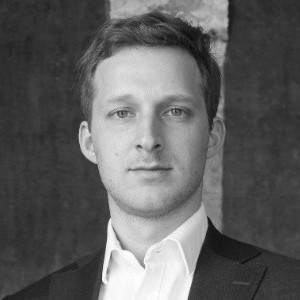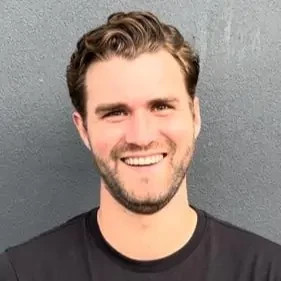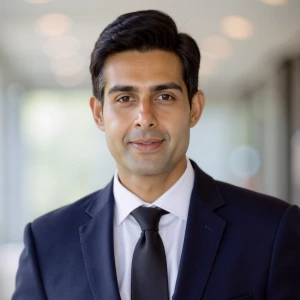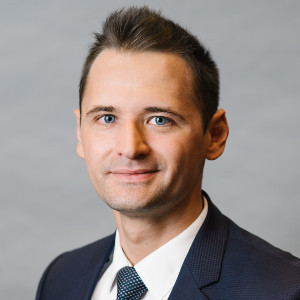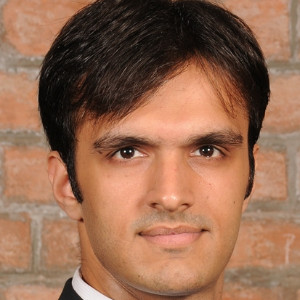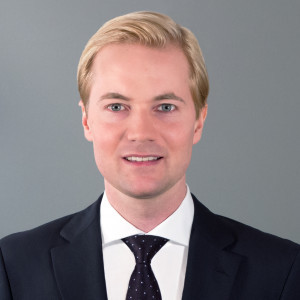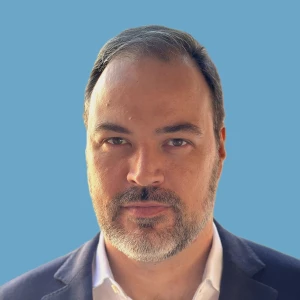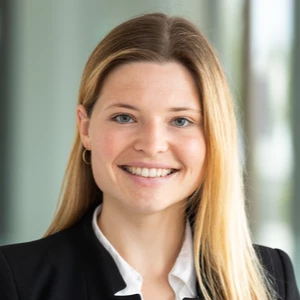I was recently rejected from Bain after the first round of interviews. I was given the following feedback.
1, Be more enthusiastic and passionate during FIT interviews.
2, Make your structure more detailed(2-3 layers)
3, Better layout of math
I understand 1 and 3 but I am not sure about point 2. The question was a standard profitability framework. I did manage to get the correct answer but I am not sure how I could make a profitability framework 2-3 layers deep.
For example, this is what I did during the interviews
Profit
Revenue - Cost
Volume X Price - Fixed X Variable Cost
Volume Segment
Any advice on these points would be highly appreciated.


